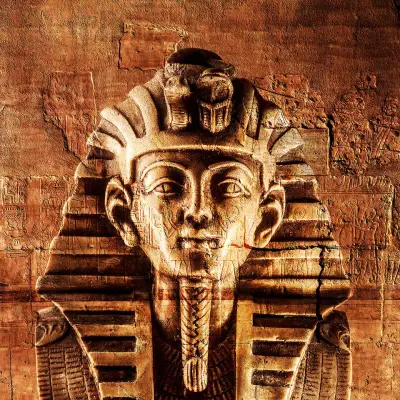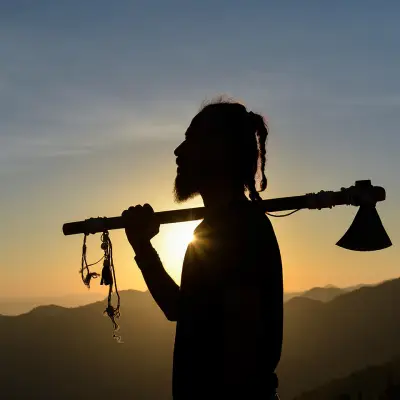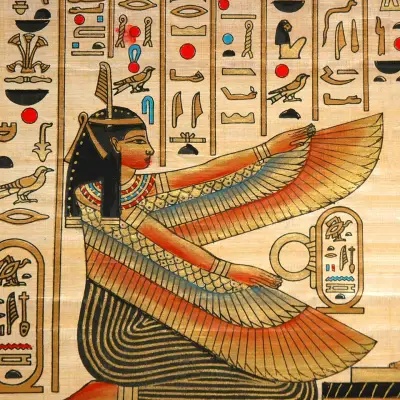Mount Fuji is one of Japan’s most recognisable landmarks and a symbol of national pride. Whether you’re drawn to its graceful shape, intrigued by its volcanic nature, or fascinated by its cultural importance, there’s something about this mountain that captures the imagination.
In this post, you’ll discover a collection of interesting facts about Mount Fuji in Japan. These 25 facts blend history, nature, spirituality and trivia to give you a well-rounded view of this iconic peak.
Jump to:
- Mount Fuji is Japan’s Tallest Mountain
- Mount Fuji is a Stratovolcano
- It is Still an Active Volcano
- Mount Fuji is Over 100,000 Years Old
- It Has Formed in Three Main Stages
- Mount Fuji is Sacred in Japanese Culture
- It’s a UNESCO World Heritage Site
- The Name 'Fuji' Has Mysterious Origins
- The Upper Part of Mount Fuji is Privately Owned
- It’s Home to a Variety of Wildlife
- Snow Covers the Peak for Much of the Year
- It Has Inspired Countless Artists
- Mount Fuji Attracts Hundreds of Thousands of Climbers Each Year
- Children and the Elderly Have Climbed Mount Fuji
- You Can Get Married on Mount Fuji
- The Mountain Has Four Main Routes to the Summit
- Mount Fuji is Featured on Japanese Currency
- It Appears in Japanese Literature and Poetry
- Fuji is Considered a Feminine Mountain
- It’s a Popular Subject in Japanese Tattoos and Symbolism
- It Plays a Role in Local Festivals
- It Is Part of the Fuji-Hakone-Izu National Park
- The Mountain’s Reflection in Lakes is a Popular Sight
- Pilgrimage Routes Have Existed for Centuries
- Mount Fuji Has Five Beautiful Lakes
- Study Our Japanese History and Culture Diploma for £29
Recommended for you!
Best Sellers1. Mount Fuji is Japan’s Tallest Mountain
The height of Mount Fuji is 3,776 metres (12,389 feet), making it the tallest mountain in Japan. Because of its height and isolated location, it dominates the surrounding landscape and is visible from as far away as Tokyo on a clear day.
2. Mount Fuji is a Stratovolcano
If you’re wondering what type of volcano Mount Fuji is, the answer is a stratovolcano. These volcanoes are tall, conical, and made up of multiple layers of hardened lava and ash. Mount Fuji’s beautifully symmetrical shape is typical of this type of volcano.
3. It is Still an Active Volcano
Although it hasn’t erupted since 1707, Mount Fuji is still classed as an active volcano. The 1707 eruption, known as the Hōei Eruption, spread ash as far as modern-day Tokyo. Today, the volcano is carefully monitored for any signs of future activity.
4. Mount Fuji is Over 100,000 Years Old
Mount Fuji has a long history of formation. The current cone, known as "New Fuji", is thought to be around 10,000 years old, but the mountain’s geological base began forming more than 100,000 years ago. That makes it one of the oldest features in the region.
5. It Has Formed in Three Main Stages
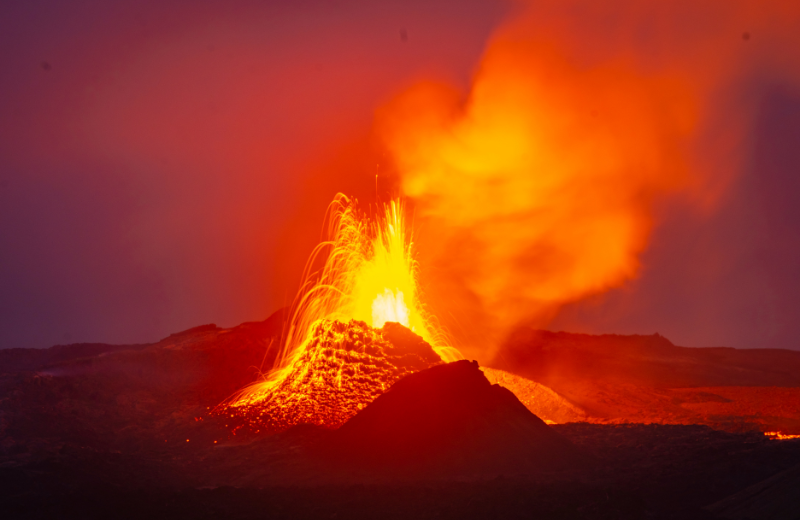
Mount Fuji is actually made up of three separate volcanoes layered on top of each other. At the base is Komitake, followed by the older Fuji volcano (Kofuji), and then the younger, current version we see today – often referred to as “New Fuji”.
6. Mount Fuji is Sacred in Japanese Culture
The mountain has been considered sacred for centuries. In both Shinto and Buddhist traditions, Mount Fuji is seen as a spiritual place. Pilgrims have climbed the mountain for generations to worship at its shrines and honour the deities associated with it.
7. It’s a UNESCO World Heritage Site
In 2013, Mount Fuji was officially recognised as a UNESCO World Heritage Cultural Site. It was acknowledged for its natural beauty and its deep cultural and spiritual significance, which is reflected in literature, art, and faith traditions across Japan.
8. The Name 'Fuji' Has Mysterious Origins
The origin of the name “Fuji” is still debated. One theory is that it comes from an old Ainu word meaning “fire,” while another links it to Buddhist ideas of immortality. Despite the mystery, the name has come to symbolise endurance, beauty and strength.
9. The Upper Part of Mount Fuji is Privately Owned
Unusually, the land above the eighth station of Mount Fuji is owned by the Fujisan Hongū Sengen Taisha, a Shinto religious organisation. They have held this ownership since the 1600s, when it was gifted to them by a Japanese shogun.
10. It’s Home to a Variety of Wildlife

Mount Fuji’s lower slopes are covered in forests that support animals like foxes, deer, rabbits, and black bears. More than 100 species of birds have also been spotted in the region. This makes the mountain a valuable ecosystem as well as a scenic landmark.
11. Snow Covers the Peak for Much of the Year
Mount Fuji is often capped with snow, which adds to its postcard-perfect appearance. Snow typically appears from October to May, and it’s during this time that the mountain looks most like the classic image people associate with Japan.
12. It Has Inspired Countless Artists
One of the most famous examples is Katsushika Hokusai’s woodblock print series Thirty-Six Views of Mount Fuji. These iconic artworks, including The Great Wave off Kanagawa, helped spread Mount Fuji’s image worldwide and cemented its status in visual culture.
13. Mount Fuji Attracts Hundreds of Thousands of Climbers Each Year
Despite being a tough climb, Mount Fuji remains a popular destination for hikers. The official climbing season runs from early July to early September, when conditions are safest. Well-marked trails and mountain huts make it an accessible adventure for many.
14. Children and the Elderly Have Climbed Mount Fuji
Climbing Mount Fuji is seen as a rite of passage for many Japanese people. Some children climb it with family groups, and famously, a 99-year-old man named Teiichi Igarashi reached the summit in 1987, showing that age need not be a barrier.
15. You Can Get Married on Mount Fuji
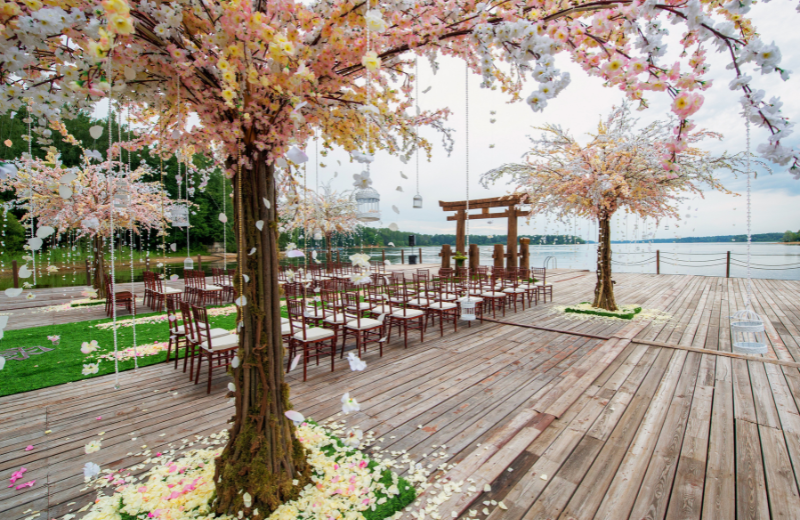
While not common, some couples have exchanged vows on the mountain. Whether at the summit or near a shrine on the slopes, weddings at Mount Fuji are a unique way to honour the sacred energy of the mountain.
16. The Mountain Has Four Main Routes to the Summit
There are four official trails to reach the top: Yoshida, Subashiri, Gotemba, and Fujinomiya. The Yoshida Trail is the most popular and is considered the easiest. Each trail offers different scenery and levels of difficulty.
17. Mount Fuji is Featured on Japanese Currency
Mount Fuji is so culturally significant that it has appeared on Japanese banknotes and coins. Its image represents both natural majesty and national pride, showing just how embedded it is in the identity of the country.
18. It Appears in Japanese Literature and Poetry
For centuries, Mount Fuji has been a recurring theme in Japanese literature. Poets and writers have praised its beauty, reflected on its power, and used it as a symbol of impermanence, aspiration, and inner strength.
19. Fuji is Considered a Feminine Mountain
In many classical texts and folk stories, Mount Fuji is treated as a female presence. This interpretation aligns with the mountain’s elegant appearance and nurturing, protective symbolism in spiritual traditions.
20. It’s a Popular Subject in Japanese Tattoos and Symbolism
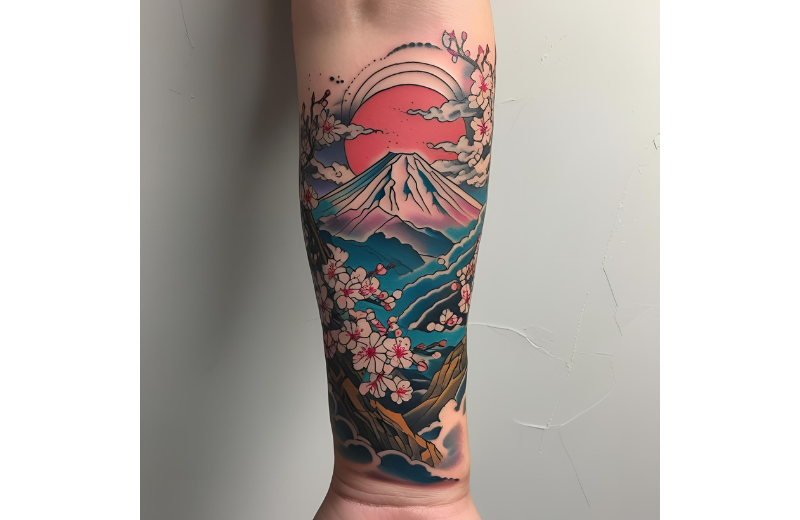
Mount Fuji frequently appears in traditional Japanese tattoos and designs. It often represents endurance, serenity, and the pursuit of balance – key values in Japanese philosophy and art.
21. It Plays a Role in Local Festivals
Several festivals take place each year to honour Mount Fuji. These events include traditional music, dance, and rituals designed to celebrate the mountain’s spiritual presence and pray for safety from future eruptions.
22. It Is Part of the Fuji-Hakone-Izu National Park
Mount Fuji is located within one of Japan’s most scenic national parks. The area offers lakes, hot springs, and hiking trails, making it a favourite for tourists and nature enthusiasts.
23. The Mountain’s Reflection in Lakes is a Popular Sight
Photographers and sightseers often seek out locations like Lake Kawaguchi to capture Mount Fuji’s reflection in the water. These scenes are particularly popular during cherry blossom season and autumn, when colours add to the natural spectacle.
24. Pilgrimage Routes Have Existed for Centuries
Mount Fuji has long been a destination for spiritual pilgrims. Since at least the 12th century, people have walked ancient trails to the summit as part of religious devotion. Some of these historical routes, such as the Yoshida Trail, are still in use today. These journeys were believed to purify the soul and bring blessings, and many climbers still see the experience as more than just a physical challenge.
25. Mount Fuji Has Five Beautiful Lakes
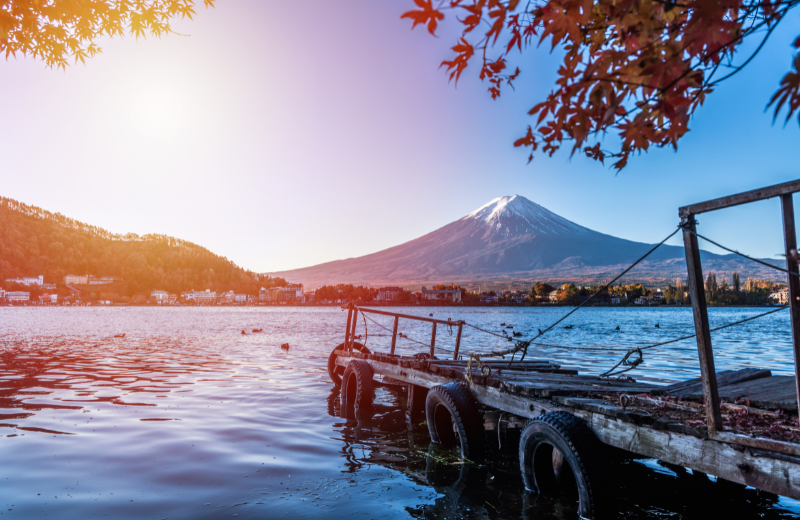
Surrounding Mount Fuji are five scenic lakes formed by ancient eruptions: Lake Kawaguchi, Lake Yamanaka, Lake Sai, Lake Motosu, and Lake Shōji. These lakes, known as the Fuji Five Lakes, offer some of the best viewing spots of the mountain. They're popular for boating, photography, and relaxing getaways, and provide a peaceful contrast to the rugged slopes of the mountain itself.
Recommended for you!
Best SellersStudy Our Japanese History and Culture Diploma for £29
If this topic has inspired you to explore more about Japan’s traditions, stories, and way of life, you can continue your learning with the Introduction to Japanese History & Culture Diploma Course from Centre of Excellence. It’s designed for curious learners of all backgrounds and offers rich insights into the customs and beliefs that shape Japan.
